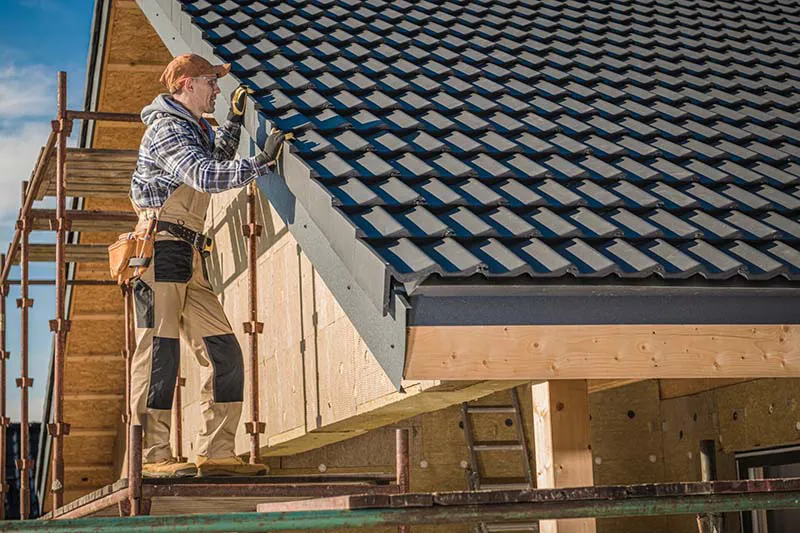Asphalt roof shingles play a pivotal role in safeguarding homes and buildings from various environmental threats. Their primary function is to shield occupants from potential hazards, including fire and wind. Understanding the resistance ratings of asphalt shingles is crucial for homeowners and businesses alike. Here’s an in-depth look at the different resistance ratings and their significance.
Fire Resistance Ratings of Asphalt Shingles
Fire resistance is a paramount consideration for roofing, especially in areas prone to dry conditions that can escalate fire risks. Asphalt shingles come with specific fire ratings, which are categorized as Class A, B, or C. These ratings provide insights into the degree of fire resistance offered by the shingles:
- Class A: Representing the pinnacle of fire resistance, Class A rated shingles provide the roof deck with a high degree of protection against fire. These shingles undergo rigorous testing as per ASTM E108 or UL 790 standards and boast a self-ignition temperature exceeding 650 degrees Fahrenheit.
- Class B: Falling in the middle tier, Class B shingles offer a moderate level of fire resistance. They are tested following the same standards as Class A and have a self-ignition temperature surpassing 575 degrees Fahrenheit.
- Class C: These shingles provide a slight degree of fire resistance and have a self-ignition temperature above 450 degrees Fahrenheit.
For those seeking optimal protection, Class A shingles are the preferred choice.
Wind Resistance: Shielding Against High Winds
Wind resistance is another crucial factor, especially in regions susceptible to strong winds. Asphalt shingles come with wind ratings, typically ranging from 70 to 150 MPH. While these ratings suffice for most scenarios, those residing in wind-prone areas might consider shingles fortified with high-grade sealants like Owens Corning to withstand even higher wind velocities.
Algae Resistance: Combatting Organic Growth
In humid regions or areas susceptible to moss and algae growth, considering the algae resistance of shingles becomes essential. Shingles are rated as Class I, II, or III based on their resistance to algae:
- Class I: Offering the highest resistance, these shingles are highly resilient to algae growth.
- Class II: These shingles provide moderate resistance against algae.
- Class III: With the lowest rating, these shingles offer slight resistance to algae.
The type of sealant used on shingles can also influence their resistance to algae, with some sealants being more effective than others.
Watertightness: Ensuring Optimal Protection Against Moisture
Watertightness is a non-negotiable feature for roofing. It ensures that interiors remain dry during adverse weather conditions. Shingles come with watertightness ratings, usually ranging from 1 to 10, with 10 being the most waterproof. Factors influencing a shingle’s watertightness include the asphalt type and the sealant used.
For those in Salt Lake City and nearby regions seeking comprehensive roofing solutions, The Roofing Center is a trusted name. With a reputation for delivering top-notch roofing service in Salt Lake City, we ensure that our clients are well-informed about the various aspects of roofing. Whether you’re looking for a roofer in Salt Lake City or exploring roofing companies in Salt Lake City, The Roofing Center stands out as a reliable partner for all your roofing needs.







